Imagine trying to live without air. Now imagine something worse. ― Amy Reed, Clean
Almost all of us have one or more friends who have suffered from addictions. Whether it be drugs, alcohol, or something else, those are often very sad stories full of extreme hardships and adversities, not only for those who are direct victims of the addiction but to their whole families and friends.
What can we do about it? Apparently, as individuals, we cannot do much, but every honest contribution to this battle is still extremely valuable when we consider the harshness of the consequences of these behaviors. However, the joint approach is vital in this field. We must unite our efforts if we really want to make a change on the global level. But what are we fighting against? What or who are our enemies? Can we fight them outwardly or is that an inner battle? What are our goals in that battle, and do we have the tools for achieving them? And finally, should we talk about fighting or inner transformation? What is an Addiction? First, we have to be clear what is an addiction per se. We can define it as a compulsive behavior which is expressed through seeking and using various substances or engaging in various activities that are often detrimental to one’s psychological or physiological health. In accordance with that, we can say that there are two basic types of addictions:
We are all aware of the gravity of substance addictions. But we must not underestimate the seriousness of the behavioral addictions too, as all compulsive behaviors are deeply engraved into the neurological structure of our brains and have strong habitual forces behind them. All compulsive behaviors are deeply engraved into the neurological structure of our brains and have strong habitual forces behind them.
In order to get a deeper understanding of those forces and why people are so prone to relapses of old addictions, we should take a look on numerous invisible background energies.
Spiritual View on Addictions The highest states of Being (Peace, Joy, and Love) have their degraded forms: Love in its degraded form is infatuation or obsession; Peace in its degraded form is drugs and alcohol; Joy in its degraded forms is sensual bodily pleasures. Through addictive substances or behaviors, people are actually trying to achieve, at least temporarily, these highest states of Being. Sadly, by using the wrong means and while having many misconceptions and limited views on reality. Addictions are entities that are conscious to some extent and are very cunning.
But there is another aspect of this problem, which is often hidden from our knowledge. These addictions are entities that are conscious to some extent and are very cunning. Here’s how.
Like attracts like. Positive energies or things attract energies or things of their kind, and the same stands for negative energies. Pertaining to human personality, negative energies and experiences tend also to coalesce into an ever-bigger energetic entity. We call these entities morphogenetic (morphic) fields or pendulums.[1] And yes, there are such fields linked to every addiction. They exist and grow in individuals, groups, or even in the whole humanity, on a collective level. They are living beings, with some level of self-consciousness and even intelligence. Normally, we are not aware of their existence at all, due to our severely limited perception of reality. Energies and experiences tend to coalesce into an ever-bigger energetic entity. We call these entities morphogenetic (morphic) fields or pendulums. And yes, there are such fields linked to every addiction.
The morphic fields have a strong tendency to survive and grow. They feed on energies of their similar kind. When they are “hungry” (with low energy level), to get enough “food”, these entities will always try to induce positive or negative psychological states or external events (depending on their own nature), as they feed themselves with the same sorts of energies.[2]
In this case, we must deal with addictions. Obviously, they have very “negatively” oriented energies in their background. What’s very important, we must not directly fight negative morphic fields, as that will only give them an additional momentum, and that’s the reason why we can call them pendulums. One of the ways to stop the pendulum’s swinging is to be present during its activity and consciously ignore generated negativity, something like being transparent. If we were persistent each time in this, that specific morphic field will finally abandon our individual life. There are countless types of morphic fields. For example, there are morphic fields of every family, a group of people, sports clubs, societies, organizations, companies, countries, nations, state administration, schools, religions, animal species, specific human behaviors, emotions of all kinds, diseases, and so forth. So, there are also very strong morphic fields of addictions, too. As said before, they are cunning and seductive in their striving to achieve their goals. They often induce specific accidents and stressful situations or use people in the person’s surroundings and even his or her friends to incite the addictive behavior or to re-establish it again.
The negative elements of our personality are kind of pendulums’ “agents” inside us. Pendulums mirror our internal challenges. When we succeed in reintegrating our negative personal parts, we actually leave the pendulums without their roots in our being. They can’t influence us anymore since they are just outer projections of our inner negative elements.
When we succeed in reintegrating our negative personal parts, we actually leave the pendulums without their roots in our being.
Two Aspects of Addictions
Every addiction is an individual’s (unconscious) escape from pain into a relative certainty of the temporary relief provided by the addictive substance or behavior. That pain often goes along problems with mental health. According to reports published in the Journal of the American Medical Association, 53 percent of people who abuse drugs and 37 percent who abuse alcohol are also suffering from mental health disorders.[3] Therefore, all issues should be treated simultaneously. There are two aspects of addictions: mental and physiological.
[1] Originally, morphogenetic field is a biological concept (see https://en.wikipedia.org/wiki/Morphogenetic_field), but Rupert Sheldrake, British biologist and author, extended it to mind and even social groups and patterns of behavior (see http://www.sheldrake.org/research/morphic-resonance/introduction). [2] More on morphic fields: https://www.re-integration.com/morphic-fields.html [3] Addiction is common in people with mental health problems According to reports published in the Journal of the American Medical Association:
[4] More on habits and the so-called habit loop you can find at: https://www.re-integration.com/habits.html [5] One of the main reasons is called dopamine. Research on the brain indicates that addiction is about powerful memories, and recovery is a slow process in which the influence of those memories is diminished. Both addictive drugs and highly pleasurable or intense experiences (such as a life or death thrill, a crime, or an orgasm) trigger the release of the brain chemical dopamine, which in turn creates a reward circuit in the brain. This circuit registers that intense experience as "important" and creates lasting memories of it as a pleasurable experience. Dopamine changes the brain on a cellular level, commanding the brain to "do it again," which heightens the possibility of relapse even long after the behavior (or drug) has stopped. Dopamine also helps to explain why intense experiences can be just as addictive as drugs. Source: https://www.psychologytoday.com/blog/what-the-wild-things-are/201008/dopamine-why-its-so-hard-just-say-no Recovery depends on treating both the addiction and the mental health problem!
Remember, recovery depends on treating both the addiction and the mental health problem! That is why a combined treatment is the best solution.
Three Stages of Addiction that Should Be Considered for any Treatment 1. Pre-addictive period – preventative measures:
2. Acute addiction period Generally speaking, although in real life we cannot expect too much of a strong will or discipline of the addicted person, it is still absolutely necessary and possible to do some transformational work. Unquestionably, the focus must be on your honesty toward yourself first. That will inevitably lead you to acknowledge the necessity of a strict medical treatment. You must get yourself out of the claws of that addiction first. The focus must be on your honesty toward yourself first.
However, do not neglect your inner work, even in the middle of the addiction period. Here are some suggestions that might be working for you:
Remember: apply a strong medical treatment, and your inner work (with the Reintegration System or any other contemporary spiritual or psychological methodology) will support your treatment greatly. 3. Post-addiction period This is the detoxication period when you also have to ensure that you’ll never return to the addiction.
Comprehensive Strategy for Overcoming Addictions Here are some pieces of advice for a comprehensive strategy for dealing with acute addictions. 1. Recognize your addiction. (Applicable to acute addiction period and to some extent to pre-addictive period as well.) You must be absolutely honest with yourself. Ask yourself these questions[1]:
The more “yes” answers you have had, the more you should be concerned about the potential issue with an addiction. 2. Make a firm decision to overcome your addiction. (Applicable to acute addiction period and to some extent to pre- and post-addiction periods as well.) One trick to help with your decision is to draw up a contract with yourself. Take a piece of paper and write down a statement in which you are firmly promising yourself that you will fully implement your decision and achieve all your goals you set ahead. Don’t forget to sign the contract. It will serve you as a valuable subconscious bond to your practice. 3. Ask for help of your family members or friends. (Applicable to acute addiction period and to some extent to post-addiction period as well.) Ask your dear ones for support, for their opinions and ideas on how to solve the problem. When you get low-spirited and want to give up (which will surely happen), others will encourage and support you. This kind of help is invaluable. 4. Make a strategic plan with goals, deadlines and concrete actions. (Applicable to acute addiction period.)
The goals should be specific and measurable, i.e. the start date of your actions and limits on your drug use each day (of course, first consult the medical authority).
This plan should also include your firm commitment to:
5. Make a daily schedule of your activities. (Applicable to all addiction periods.) That schedule might be different for work days, weekends and vacation days. Moreover, it’ll depend on which addiction period you are in now. Nevertheless, try to make the work on yourself habitual, but don’t forget to enrich it with some creative work, whether in a fixed time window or as a flexible task. The schedule should encompass these activities:
First, you relax completely, using either the Relax to Reintegrate technique described on this website or some other procedure that works for you. It is strongly recommended that you sit with your spine straight up, whether on a chair or in one of the “lotus”[2] positions. Whether you keep your eyes open or closed depends on your preference, but I would suggest doing the meditation with half-open eyes, to keep yourself awake more easily. Entering the state of Presence: In this stage, you are shifting from a normal state of consciousness, with a lot of thoughts, emotions and other mind content, into a deeper, meditative state, which is less “contaminated” with the content of the mind. To reach that state, we should dissolve our identification with the mind content (thoughts, emotions, bodily sensations or impressions from our surroundings, whatever is occupying our attention at the moment). You may do this very effectively with only one or two applications of the Dissolving the Temporary I (DTI) technique of the Reintegration System. It will bring you into a deep, thoughtless state, called Presence, quickly and easily. Occasional removal of distracting mind content: Of course, this state of Presence won’t last forever. In fact, it’ll probably last from 10 to 20 seconds. When the first thought or emotion arises, just accept it, wholeheartedly, without any resistance. (Remember that you are accepting the situation or person which that thought or emotion is related to. You are not accepting the notion of the thought or emotion, but what they represent, what they are related to.) Then you fully accept yourself, your whole being, as you feel it at that moment. Finally, feel love toward yourself. Tell silently: “I love myself.” If you cannot feel love, no matter, don’t force anything. Then go back to your state of Presence. Be here and now. When the next mind content arises, do the same: 1) accept it, 2) accept yourself and 3) love yourself. Return to Presence again. And so on, until the end of your meditation sitting. Be here and now. When the next mind content arises, do the same: 1) accept it, 2) accept yourself and 3) love yourself.
If any of the mind content is very strong and/or repetitive, write it down and return to your meditation. You will deal with it later with the Inner Triangle technique.[3]
Just stay in your upright position and do this: 1. Move the center of your being into your Heart.[4] Repeat and feel the following loving-kindness phrases:
2. Think of someone for whom you have very warm and loving feelings. This can be a parent, friend, partner, sibling or even a pet. Repeat and feel the same loving-kindness phrases toward that being:
3. Think of someone for whom you have neutral feelings. This can be an acquaintance, a neighbor, or even a person you know of from the media. Repeat and feel the same loving-kindness phrases from the previous steps for this person. 4. Think of someone for whom you have negative feelings. Repeat and feel the same loving-kindness phrases for this person as well. 5. Radiate loving kindness to all beings in the Existence. Repeat and feel the loving-kindness phrases for all beings.
Or, you can do this:
Imagine that a little child, or toddler, is approaching you. It’s smiling innocently at you, wobbling in its walking. It’s so cute, with bright, smiling eyes staring at you. The child is giggling with its sweet voice, telling you “I love you!” You are embracing it with warmth. How couldn’t you feel Love toward such an innocent being? Let loving kindness rush out from your Heart. When you open your Heart, let Love fill you completely. Extend it also to yourself. Love yourself with your whole Heart! Feel that you deserve the deepest Joy and Happiness. After all, you have always been giving the best you could. You, as that child, need only to be happy. You only want to be happy in your life and you definitely deserve that! Love yourself, your body, and your whole being. Wish yourself all the best. Love all parts of your being and personality, all traits, flaws, mistakes, and imperfections; love the body that has served you so dutifully your whole lifetime; love your life, your past, present and future, anything that comes to your mind. Let Love amplify and expand to encompass all people around you. Love your family, your children, spouse, parents, friends, colleagues; love your job, your errands and annoying things; love your enemies, too; let Love pour out from your Heart toward all of them. Extend your Love to all humanity. Feel yourself as a part of it. Love your darling pets; love all animals, plants and all living beings. Love your Mother Earth, the entire Universe, the entire Existence. Feel the fact that countless beings exist within Creation, and all of them are trying to be happy in some way. Wish them all true happiness with your whole Heart. This is Love and it is miraculous. It can potentially heal, harmonize and mature everything. Try not to expect healing, but love yourself and all beings around you. If the healing should come, it will come, to both you and inevitably those around you. Something wonderful will surely happen, although you cannot know what it will be. Love is miraculous. It can potentially heal, harmonize and mature everything.
[1] Source: “Substance Abuse and Mental Health Issues” article on helpguide.org. [2] https://en.wikipedia.org/wiki/Lotus_position http://www.yogajournal.com/meditation/everything-need-know-meditation-posture/ [3] You can learn the powerful Inner Triangle technique from “Inner Peace, Outer Success.” Nevertheless, if you have a problem with addiction or any other emotional problem and cannot buy the book, feel free to contact the administrators of the Reintegration website and we will send it to you for free, as soon as possible. [4] The word “Heart” here does not refer to the physical heart itself, nor to the left-of-chest physical location of the heart, but to the “I-point” area, where people usually point at with their forefinger when speaking about themselves in the first-person singular. That area is like an invisible circle, two or three inches wide, touching the skin from the inside. This Heart is extremely important in our lives—it is considered the true center of our being, the seat of the soul, and the source of love and energy. The Heart sends into reality one’s specific vibration frequency, which is the sum of one’s beliefs, emotions and other patterns. The Heart is the source of our individual reality, and it’s crucial to comprehend and appreciate its importance in our lives. It is also vital to have harmony between the Heart and the Mind. [5] These protocols are very powerful. They have been thoroughly described in “Inner Peace, Outer Success” and “Inner Freedom Techniques.” Nevertheless, if you have a problem with addiction or any other emotional problem and cannot buy the books, feel free to contact the administrators of the Reintegration website and we will send you “Inner Peace, Outer Success” for free, as soon as possible. [6] The Inner Polygram process (both One-Way and Two-Way Communication variations) have also been described in “Inner Peace, Outer Success” and “Inner Freedom Techniques.”
Final Remarks
For those of you who are “sober” and “clean” – your role in healing the world is as important as of all the others. You should work on yourself first, seeking for inner wisdom, love, and truth. Transform yourself, be compassionate, mindful and present, and that way you will subtly influence all people around you in the best possible way. All other actions, including the healing or charity work,[1] will simply be a natural consequence of your inner truth. For all of you with the addiction challenges: try to be as persistent as possible. Don’t expect instant results. And never give up. Relapses are inevitable and you must be prepared for them. The pendulums that we were talking about before, are very cunning entities and will do their best to get you back into their “possession.” But remember, you are in charge. Your external reality, all your joys and sorrows, friends and opponents, feats and diseases – stem from yourself, from your inner world and subconscious structures. That’s why we are responsible for our lives. Not the other people, nor circumstances. Only us. You are in charge. Your external reality, all your joys and sorrows, friends and opponents, feats and diseases – stem from yourself, from your inner world and subconscious structures.
You must take the responsibility for your whole life! That’s the ultimate lesson, together with Love, not only for those who have challenges with addictions – that’s the most important lesson for all of us. When you take the full responsibility for your life, believe me, you will start enjoying immense freedom.
You can change yourself and you will indeed change your whole world. There are many people out there who succeeded in this. You will be among them! Good luck! :-) [1] Check out our partner website http://seekhealing.org and support their noble project at https://www.generosity.com/community-fundraising/end-the-opioid-addiction-crisis-rethink-rehab/x/16773004
0 Comments
Your comment will be posted after it is approved.
Leave a Reply. |
Please note that most of the articles have a "Read More" break, which is sometimes hardly visible.
It is located at the bottom of visible part of the article, on the right side. To continue reading the article, click on that link. This page may contain affiliate links meaning we earn a commission if you use those links.
We only recommend pages we appreciate and trust. Archives
March 2023
Categories
All

|
For guest posts or placing ads on our website, please use the contact form on the 'About/Contact Us' page.


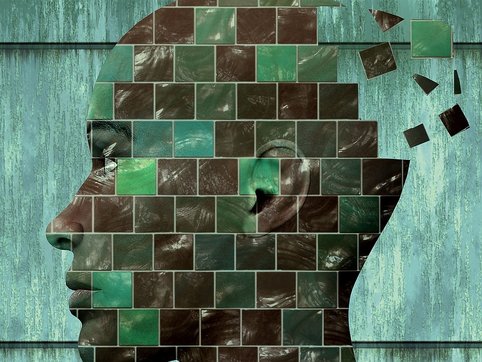
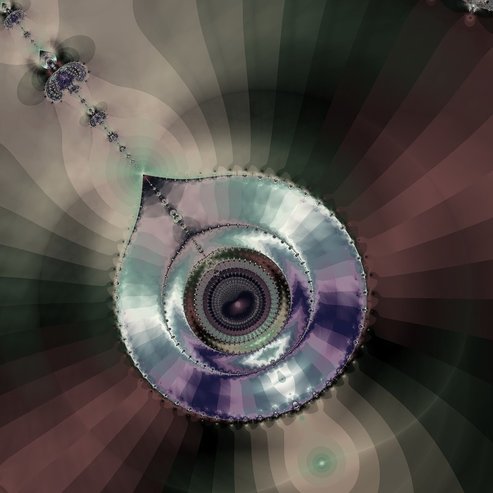
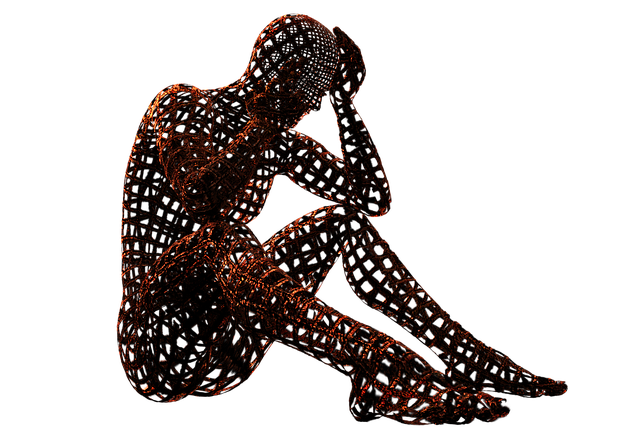
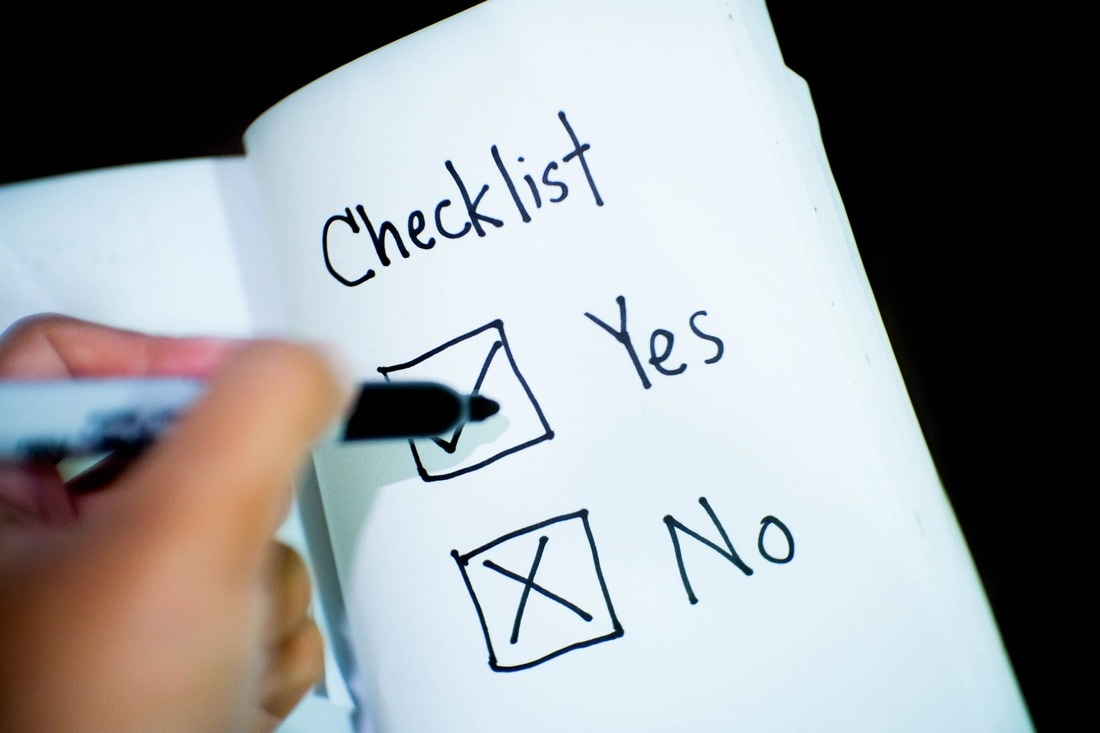



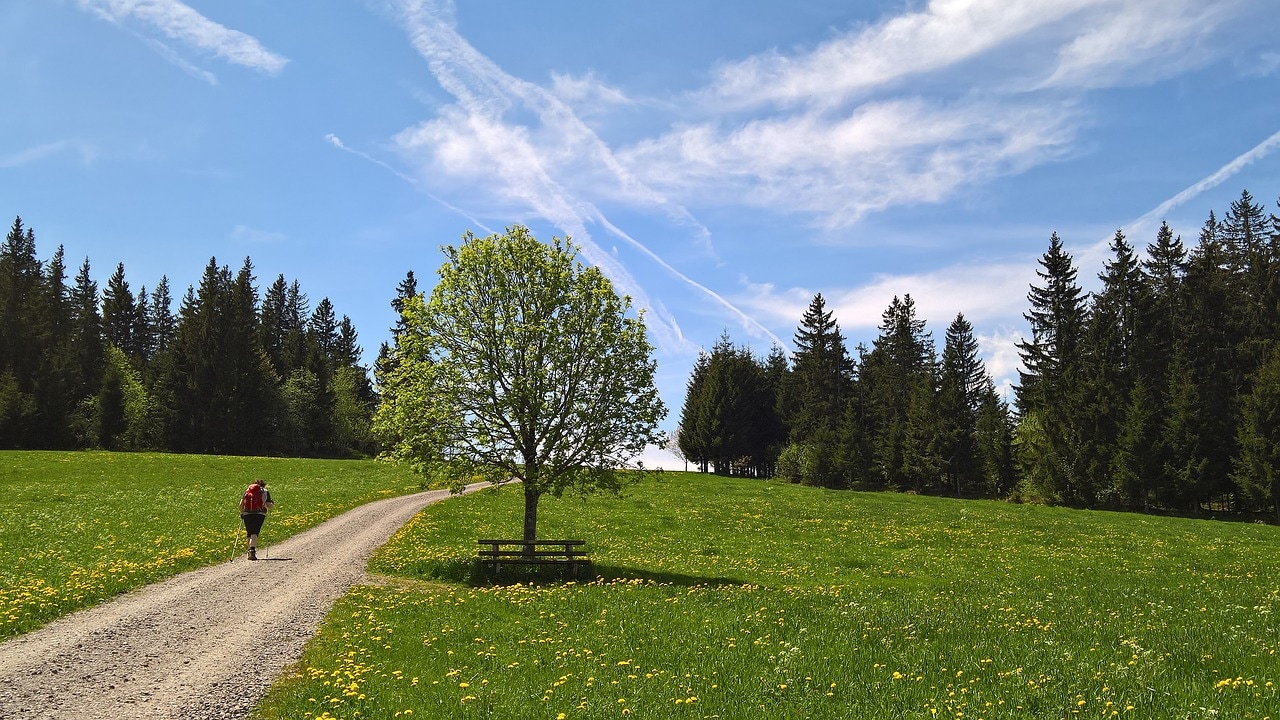
 RSS Feed
RSS Feed

